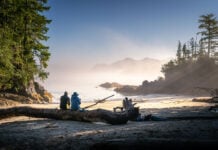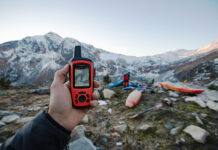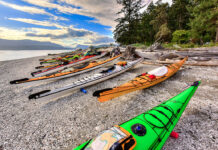When the British pound sterling plunged in currency markets recently, my paddling friends pounced, snatching up made-in-England kayaks and other kit. Around the same time, a landlubber friend asked me why sea kayaking—an activity with roots in Arctic North America—has its modern epicenter in the U.K.
How the British co-opted kayaking
It’s a good question. You’d expect contemporary sea kayaking to have originated in Denmark, which governs Greenland; or Russia, which colonized Alaska, encountered the Aleuts and renamed their traditional iqyax the baidarka. But we don’t put in boat orders when the krone or ruble drop.
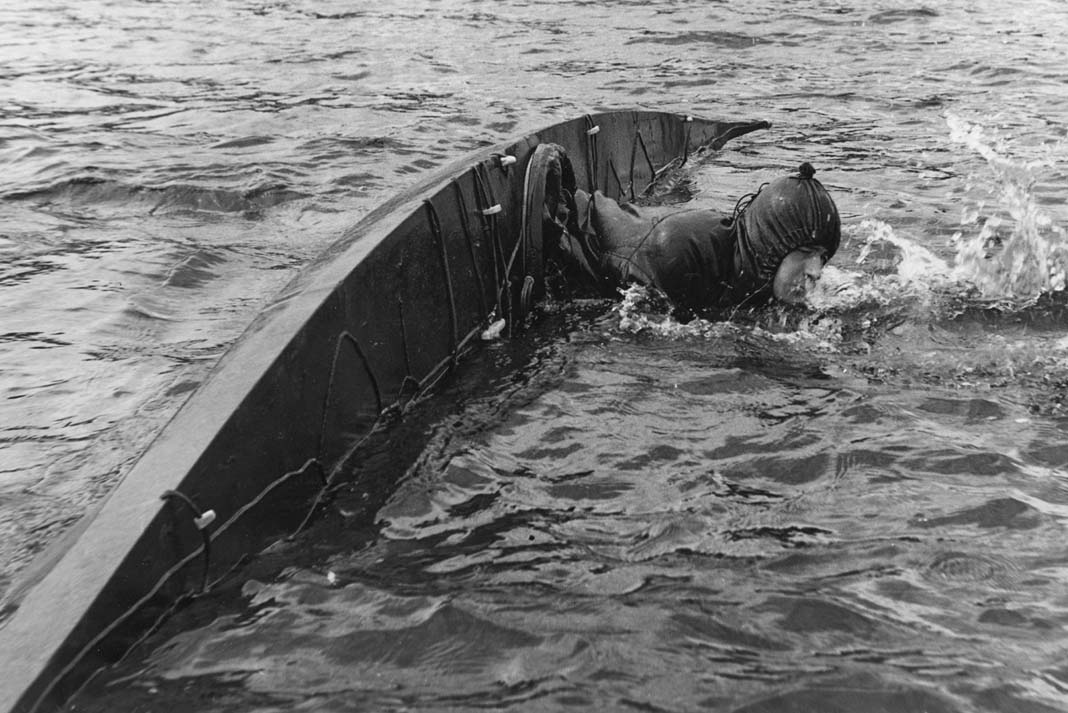
Sure, English explorer and privateer Martin Frobisher brought a Baffin Island kayaker and his boat back to London in 1577. Yet British dominance of sea kayaking stems from a much more recent happenstance involving two Scots and the work of a German-American.
The first Scot was a geologist named Dr. Harold Drever, who visited Greenland to study rocks and along the way developed an affinity for kayaking. In 1958, back in Scotland, he met a University of Strathclyde student and paddler named Ken Taylor. Drever encouraged Taylor to study Greenland kayak culture at Illorsuit in West Greenland. Taylor traveled to Illorsuit and returned in 1959 with a kayak built for him by Greenlander, Emanuele Korneliussen.
Taylor belonged to the Scottish Hostellers’ Canoe Club and demonstrated kayaking and rolling on Loch Lomond. When he moved to Wisconsin five years later, he left his kayak behind with fellow club members Joe Reid and Duncan Winning. Winning (later appointed officer of the Order of the British Empire for his contributions to kayaking) took measurements from the craft and shared the drawing with English paddler Geoffrey Blackford. Blackford built a slightly larger plywood version. In 1972, England’s Valley Canoe Products began commercially producing a fiberglass version called the Anas Acuta. The rest, as they say, is history.
Kayaking could have shaped up differently
Now enter Ernst Mayr, a German-born ecologist who migrated to the U.S. in 1931.
Mayr was the first ecologist to describe Founder Effect and Genetic Drift, which explain what happens when a few individuals from a species in one area colonize another area. The colonists represent a tiny sample of their home population, and may have a higher concentration of random traits, like blue eyes (HMS Bounty mutineers on Norfolk Island) or longer legs (anole lizards on Caribbean islands). This original non-representative sample then evolves in its new surroundings, sprouting skegs, hatches, deck compasses and other adaptations.
Taylor’s Illorsuit kayak is the random founding ancestor that spawned a sport. Its progeny include the Nordkapp, Romany, Cetus, Explorer, Xcite and nearly 40 other derivatives. Chance played an enormous role: kayak designs vary highly across Greenland’s regions.
“If Ken had based himself in a different part of Greenland or used a different kayak builder, the style of the sea kayaks we paddle today might well have been different,” notes the origin story on Valley’s website.
Taylor’s boat isn’t kayaking’s only Founder Effect. In 2010, Ginni Callahan brought a few kayak sails back to North America after a visit to Australia, where sailing is an endemic part of kayak culture. The sails, designed by the late Mick MacRobb, have caught on and are thriving in their new habitat. So well, in fact, that you can now order a British-built P&H Aries with a new sailing adaptation: a skeg in the front. Somewhere, Ernst Mayr is nodding.
Neil Schulman celebrates kayaking’s diverse heritage in Reflections.
The kayak that started it all: Ken Taylor demonstrates chest swelling at Loch Lomond in 1960. | Feature photo: Courtesy Ken Taylor


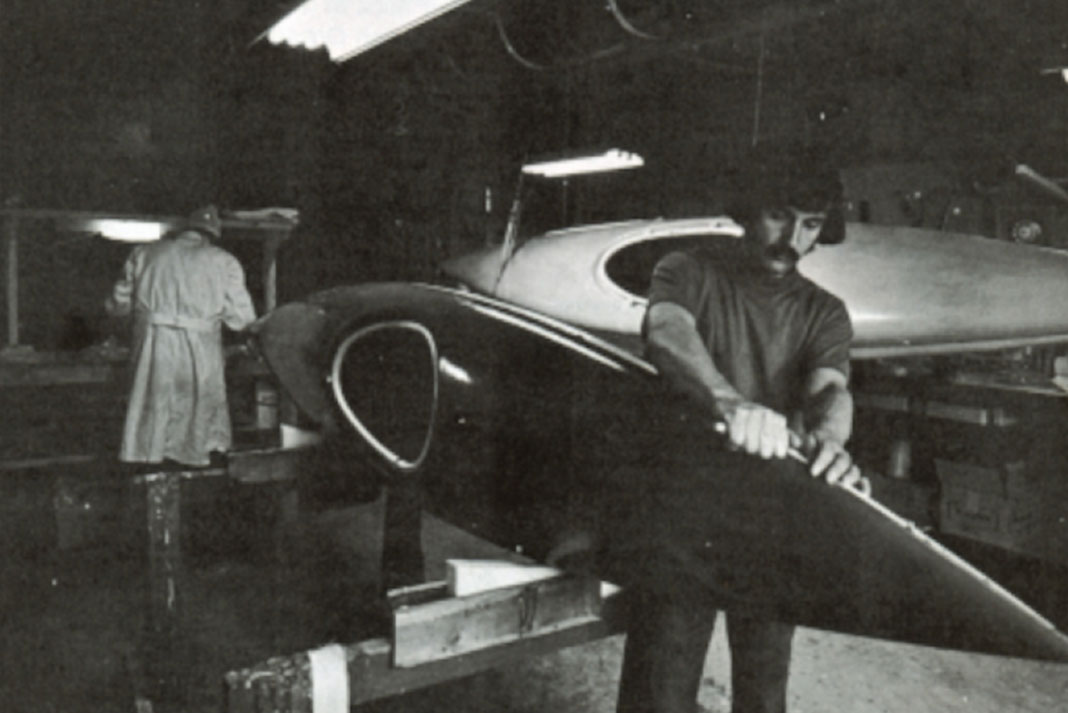
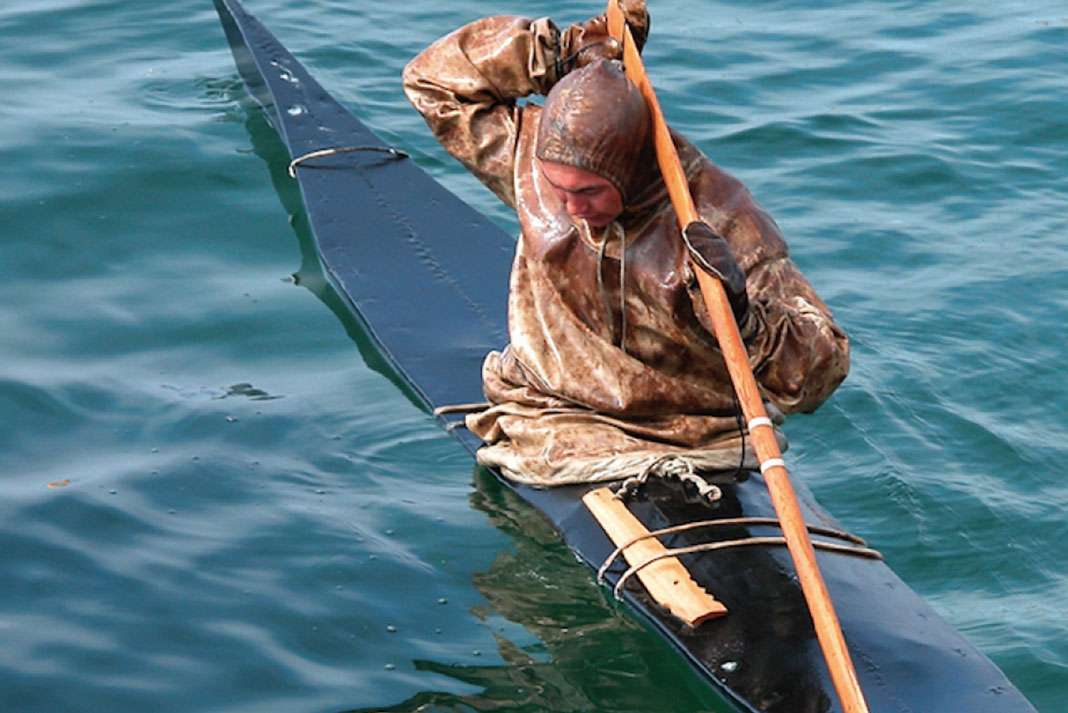
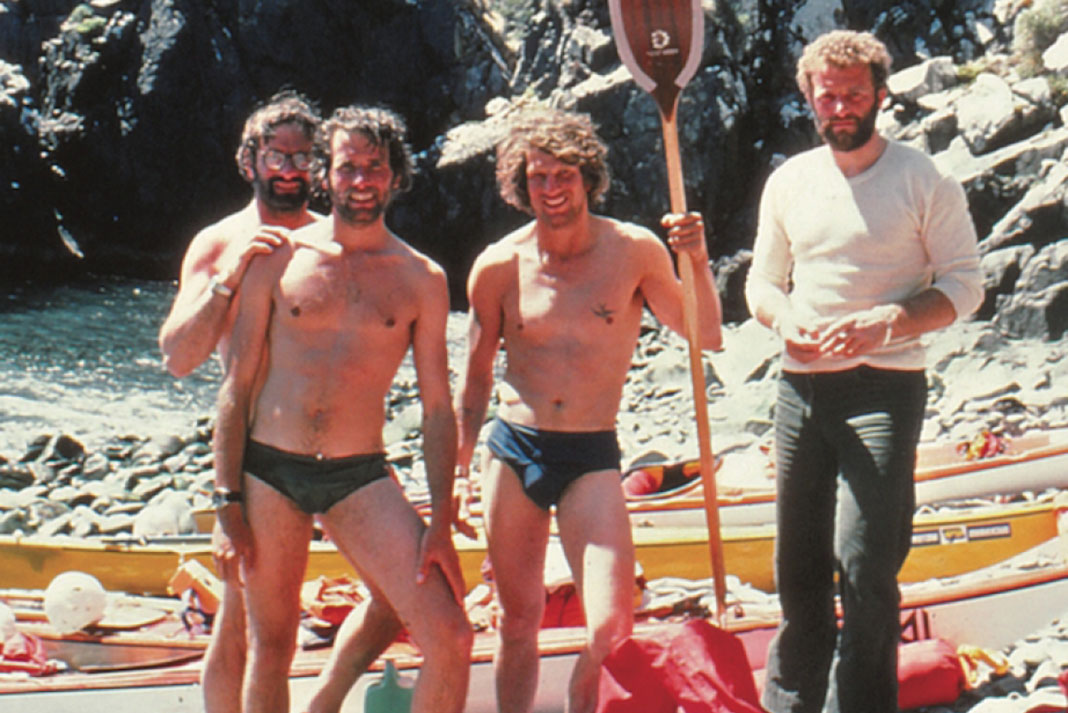
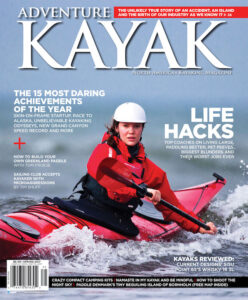 This article was first published in the Spring 2017 issue of Adventure Kayak Magazine.
This article was first published in the Spring 2017 issue of Adventure Kayak Magazine. 
